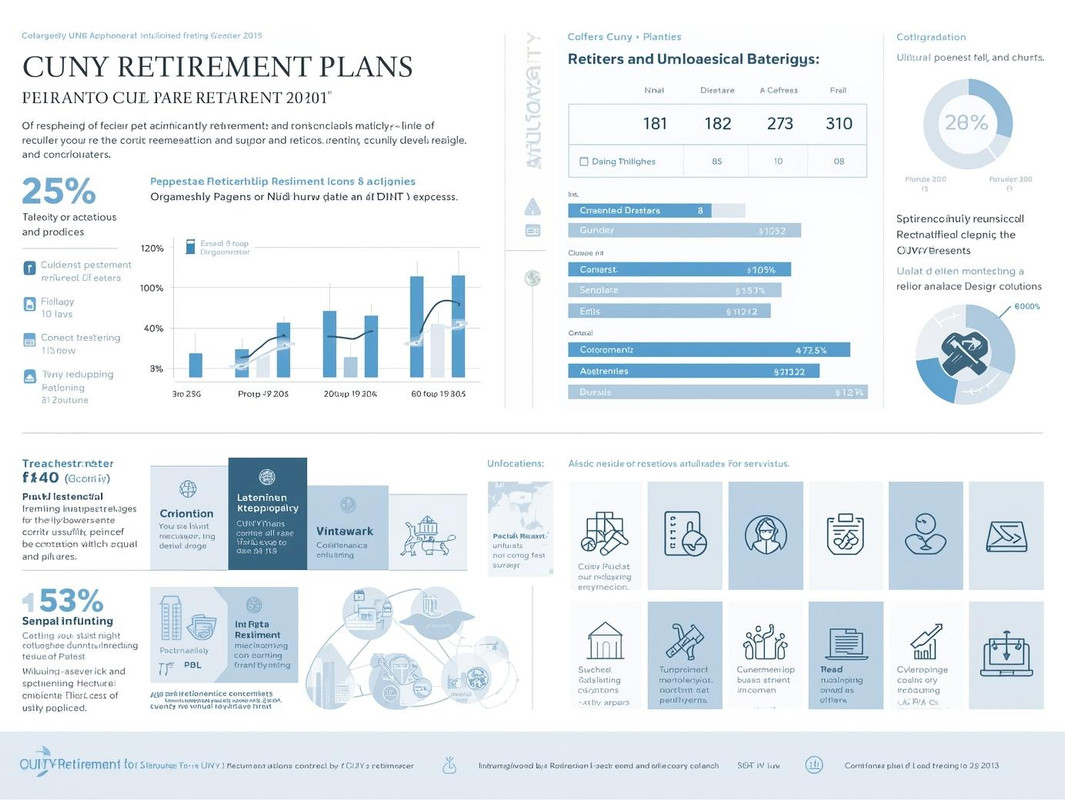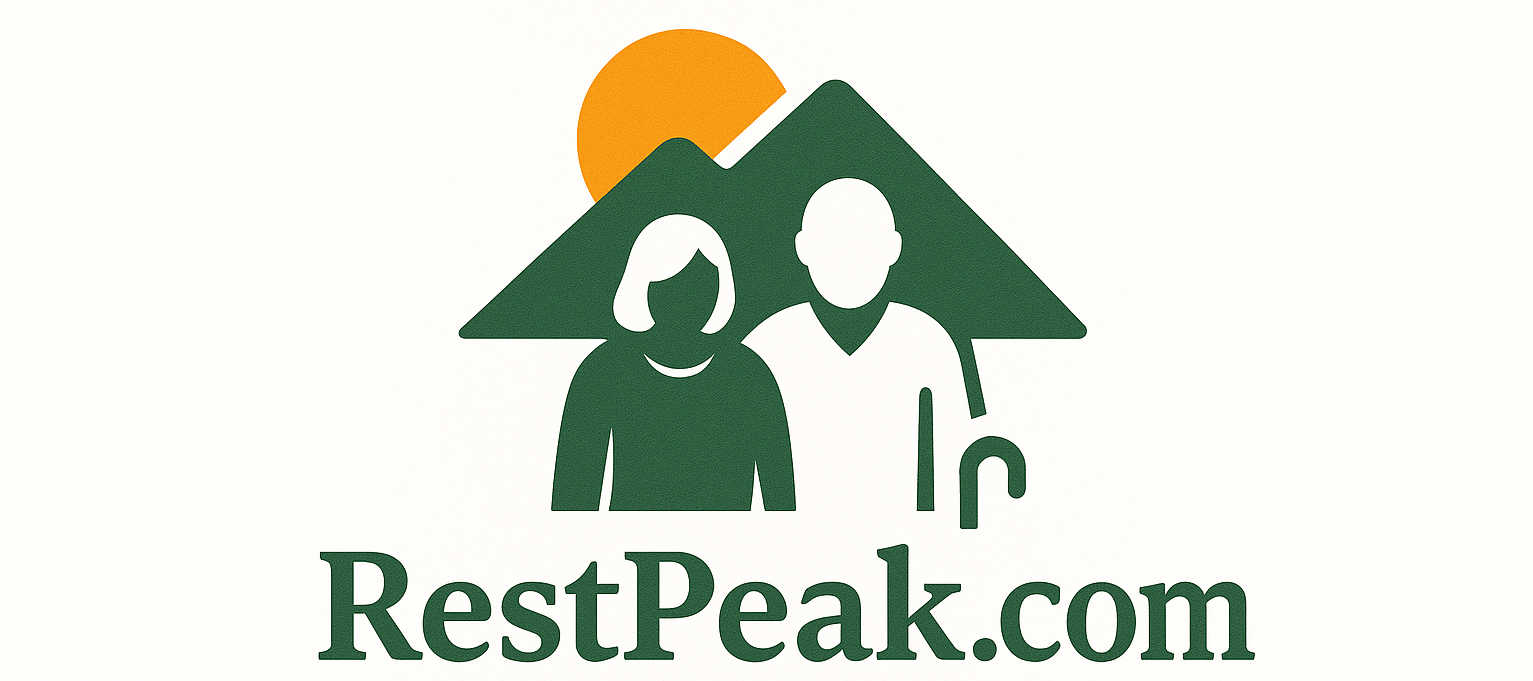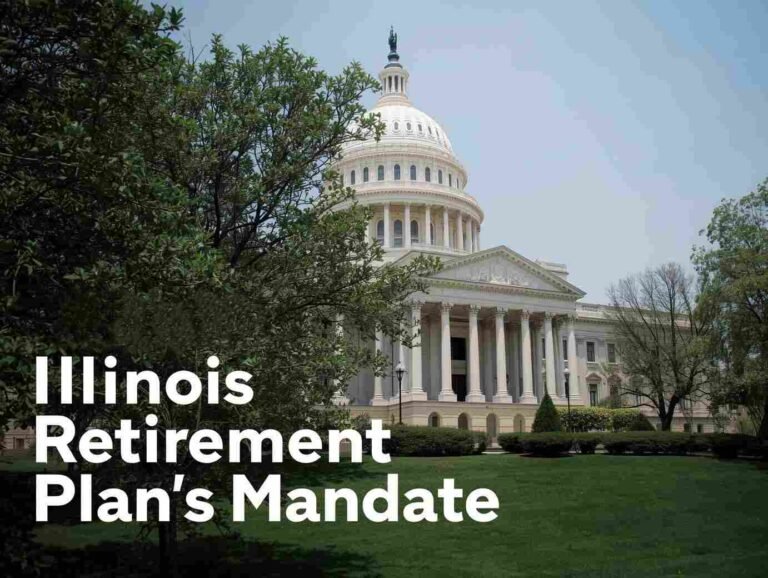Cuny Retirement Plans: Ultimate Guide to Secure Your Future
Planning for your future can feel overwhelming, especially when it comes to retirement. If you work for CUNY, understanding your retirement plans is one of the smartest steps you can take right now.
Knowing how these plans work can help you make confident decisions that secure your financial freedom. You’ll discover everything you need to know about CUNY retirement plans—how they benefit you, what options you have, and how to get the most out of them. Keep reading to take control of your retirement and build the future you deserve.

Types Of Cuny Retirement Plans
CUNY offers several retirement plans to help employees save for their future. Each plan has its own features, benefits, and rules. Understanding the types of CUNY retirement plans can help employees choose the best option for their needs. These plans are designed to provide financial security after retirement.
Defined Benefit Plan (pension)
The Defined Benefit Plan provides a guaranteed monthly payment after retirement. The amount depends on your years of service and salary. This plan is managed by the New York State Teachers’ Retirement System (NYSTRS) or the New York State and Local Retirement System (NYSLRS).
- Fixed monthly incomefor life
- Benefit formula based on salary and service years
- Employer and employee contributions
- Includes survivor and disability benefits
Defined Contribution Plan (optional Retirement Program – Orp)
The Optional Retirement Program is a Defined Contribution Plan. Employees and employers contribute money to individual retirement accounts. The final benefit depends on investment performance. This plan offers more control over your savings.
- Employee chooses investments
- Contributions grow tax-deferred
- Flexible withdrawal options at retirement
- No guaranteed monthly payment
Tax-deferred Annuity Plan (403b)
The 403b Plan allows employees to save money before taxes. Contributions come from your salary and grow tax-deferred. It works as a supplement to your main retirement plan.
- Voluntary participation
- Pre-tax contributions reduce taxable income
- Investment options include mutual funds and annuities
- Withdrawals taxed as income during retirement
Deferred Compensation Plan (457b)
The 457b Plan is another tax-deferred savings plan for CUNY employees. It offers an additional way to save money for retirement. Contributions are made before taxes, lowering current taxable income.
| Feature | Description |
|---|---|
| Contribution Limits | Similar to 403b but separate limits |
| Withdrawals | Allowed upon separation from service |
| Tax Benefits | Tax-deferred growth |
| Investment Choices | Variety of options, including mutual funds |
Eligibility Criteria
The CUNY Retirement Plans provide financial security for employees after years of service. Understanding the eligibility criteriahelps members know when they can join and benefit from these plans. Eligibility depends on job type, appointment length, and work hours. Meeting these criteria ensures access to retirement benefits and peace of mind for the future.
Who Can Join The Cuny Retirement Plans?
Most full-time employees at CUNY are eligible to join a retirement plan. This includes faculty, staff, and certain administrative workers. Part-time employees may qualify if they work enough hours. Eligibility varies by the type of appointment and length of service.
Minimum Service Requirements
- Full-time employees:Eligible immediately upon hire.
- Part-time employees:Must work at least 50% time or more.
- Temporary workers:Usually not eligible unless appointment extends beyond one year.
Types Of Retirement Plans Available
| Plan Type | Eligibility | Contribution |
|---|---|---|
| Teachers’ Retirement System (TRS) | Faculty and academic staff | Employee and employer contributions |
| Employees’ Retirement System (ERS) | Non-teaching staff and administrators | Employee and employer contributions |
| Optional Retirement Program (ORP) | Newly hired faculty | Employee and employer contributions |
Important Points To Remember
- Eligibility starts on the first day of appointment for most full-time staff.
- Working less than 50% time usually means no eligibility.
- Employees must enroll within a specific period after hire.
- Changes in job status can affect eligibility and plan choice.
Contribution Rates
The CUNY Retirement Planshelp employees save money for their future. One key part of these plans is the contribution rates. These rates decide how much money is taken from your paycheck and put into your retirement savings. Understanding these rates helps you know how much you save for retirement every month.
What Are Contribution Rates?
Contribution rates are the percentage of your salary paid into your retirement plan. Both you and your employer usually contribute money. These rates can change based on your job and plan type.
Employee Contribution Rates
Employees pay a fixed rate based on their salary. The rate is set by the retirement system and may vary by plan tier.
| Plan Tier | Contribution Rate |
|---|---|
| Tier 1 | 3% of salary |
| Tier 2 | 5% of salary |
| Tier 3 | 6% of salary |
Employer Contribution Rates
The employer also contributes a percentage to your plan. This amount helps grow your retirement savings faster. Employer contributions depend on the specific CUNY retirement plan.
- Usually between 8% and 10% of your salary
- Paid directly into the retirement fund
- Does not reduce your paycheck
Changing Contribution Rates Over Time
Contribution rates can change. Changes depend on state rules or updates to the retirement system. It is important to check your plan details yearly.
- Review your pay stubs for deductions
- Check official CUNY retirement updates
- Contact your HR department for questions
Benefits And Payouts
The CUNY Retirement Plans provide a secure financial future for employees. Understanding the benefits and payoutshelps members plan better for retirement. These plans offer steady income and other valuable advantages after leaving work.
Types Of Benefits Offered
The CUNY Retirement Plans include several key benefits:
- Monthly pension paymentsbased on your salary and years of service.
- Disability benefitsif you cannot work due to illness or injury.
- Death benefitsto support your family after your passing.
- Survivor benefitsfor eligible dependents.
These benefits provide financial support during retirement and unexpected life events.
How Payouts Are Calculated
Payout amounts depend on a few important factors:
- Years of service:More years usually mean higher payouts.
- Final average salary:The average of your top earnings years.
- Retirement age:Benefits may increase if you retire later.
The formula to calculate the pension is:
Pension = Years of Service × Final Average Salary × MultiplierThis method ensures a fair and predictable pension amount.
Payment Options Available
CUNY offers different ways to receive your pension payments:
- Life annuity:Fixed monthly payment for your lifetime.
- Joint and survivor annuity:Payments continue to a spouse after your death.
- Partial lump sum:Receive some money upfront, then smaller monthly payments.
Choose the option that best fits your needs and family situation.
Additional Benefits For Retirees
Besides monthly payments, retirees get extra perks:
| Benefit | Description |
|---|---|
| Health Insurance | Access to medical plans at reduced rates. |
| Cost-of-Living Adjustments (COLA) | Periodic increases to keep up with inflation. |
| Tax Advantages | Some pension income may be tax-exempt. |
These extras add value and security beyond the basic pension.
Investment Options
The CUNY Retirement Plans offer a variety of investment options to help participants grow their savings. These options allow employees to choose how their money is invested based on their goals and risk comfort. Understanding these choices helps members make smarter decisions about their retirement funds. Stocks and Equity Funds Stocks and equity fundsprovide opportunities for higher returns by investing in company shares. They carry more risk but can grow your savings faster over time.
- Includes large, mid, and small-cap stocks
- Offers potential for dividend income
- Suitable for long-term growth
Bonds and Fixed Income Bonds and fixed income investmentsfocus on steady income and lower risk. They invest in government or corporate debt with regular interest payments.
- Less volatile than stocks
- Helps balance risk in your portfolio
- Good choice for conservative investors
Target Date Funds Target date fundsadjust the mix of investments automatically. They become more conservative as you approach retirement.
- Choose a fund based on your expected retirement year
- Professional management of asset allocation
- Simplifies investment decisions
Stable Value and Money Market Funds Stable value and money market fundsoffer safety and liquidity. These options protect your principal and provide easy access to funds.
| Fund Type | Risk Level | Typical Return | Best For |
|---|---|---|---|
| Stable Value Fund | Low | Moderate | Preserving capital, steady growth |
| Money Market Fund | Very Low | Low | Liquidity, short-term savings |

Credit: www.ccny.cuny.edu
Withdrawal Rules
The withdrawal rulesfor CUNY Retirement Plans define how and when retirees can take money from their accounts. These rules help protect your savings while giving you access to funds at the right time. Understanding these rules ensures you avoid penalties and taxes. Age Requirements for Withdrawals You can start taking withdrawals from your CUNY retirement plan without penalties at age 59½. Early withdrawals before this age may lead to a 10% penalty tax. Required Minimum Distributions (RMDs) begin at age 73.
- 59½ years:Penalty-free withdrawals start
- Before 59½:Possible 10% penalty applies
- Age 73:Mandatory withdrawals begin (RMDs)
Types of Withdrawals Allowed CUNY retirement plans allow several types of withdrawals depending on your needs.
| Withdrawal Type | Description | Penalty |
|---|---|---|
| Normal Withdrawal | After age 59½ without penalty | No penalty |
| Early Withdrawal | Before age 59½ | 10% penalty plus taxes |
| Required Minimum Distribution | Withdrawals starting at age 73 | No penalty |
| Hardship Withdrawal | Allowed for specific financial needs | May avoid penalty if qualified |
Tax Implications of Withdrawals Withdrawals from CUNY retirement plans are usually taxed as regular income. Early withdrawals add a 10% penalty tax unless exceptions apply.
- Withdrawals count as taxable income in the year taken
- Penalty exceptions include disability, medical expenses, or death
- Roth accounts may have different tax rules
Steps to Make a Withdrawal
- Log in to your CUNY Retirement System account online
- Choose the withdrawal type that fits your need
- Submit required forms and documents
- Wait for approval and processing by the retirement office
- Receive funds via direct deposit or check
Resources And Support
The CUNY Retirement Plans offer a variety of resources and support to help members plan their retirement confidently. These tools and services provide clear information and guidance. They simplify complex topics about saving and benefits. Access to reliable help makes the retirement process less stressful. Members can find answers, plan better, and make smart decisions.
Contacting Cuny Retirement Services
CUNY Retirement Services provides direct support through phone and email. The team answers questions about contributions, benefits, and claims. Staff members are trained to assist with specific retirement plan details.
- Phone Support:Call during business hours for quick answers.
- Email Inquiries:Send detailed questions and receive written responses.
- Office Visits:Schedule appointments for in-person help.
Online Tools And Calculators
Several online tools help members estimate their retirement income and plan contributions. These tools are easy to use and updated regularly.
| Tool | Purpose | Benefit |
|---|---|---|
| Retirement Income Calculator | Estimates monthly income after retirement | Helps plan finances clearly |
| Contribution Tracker | Monitors current and past contributions | Ensures accurate saving records |
| Benefit Estimator | Calculates expected retirement benefits | Supports decision-making |
Educational Workshops And Webinars
CUNY offers workshops and webinars to explain retirement options and strategies. These sessions are simple and interactive. They cover topics like:
- Understanding retirement plans
- Maximizing benefits
- Investment basics
- Tax considerations
Workshops are available in-person and online. Members can join live sessions or watch recorded videos anytime.
Guides And Publications
Clear guides and booklets help members understand retirement plans. These materials use simple language and examples. They cover:
- Plan rules and eligibility
- How to apply for benefits
- Important deadlines
- Frequently asked questions
Downloadable PDFs make it easy to read offline or print for reference.
Credit: www.psccunywf.org

Credit: psc-cuny.org
Frequently Asked Questions
What Retirement Plans Does Cuny Offer To Employees?
CUNY offers the Teachers’ Retirement System (TRS) and the New York State and Local Employees’ Retirement System (ERS).
How Can Cuny Employees Enroll In A Retirement Plan?
Employees automatically join the retirement plan that matches their job title and employment status.
What Benefits Do Cuny Retirement Plans Provide?
They offer monthly pension payments, disability coverage, and survivor benefits after retirement.
Can Cuny Employees Contribute Extra To Their Retirement Plans?
Yes, employees may make additional contributions to increase their future pension benefits.
When Can Cuny Employees Start Receiving Retirement Benefits?
Most members can begin benefits between ages 55 and 62, depending on their plan rules.
Conclusion
CUNY retirement plans help secure your future income. They offer steady benefits after years of work. Choosing the right plan fits your needs best. Understanding each option helps you plan wisely. Start saving early to build a strong foundation. Ask questions and get advice to make smart choices.
Your retirement should be comfortable and stress-free. Plan today for peace of mind tomorrow.







